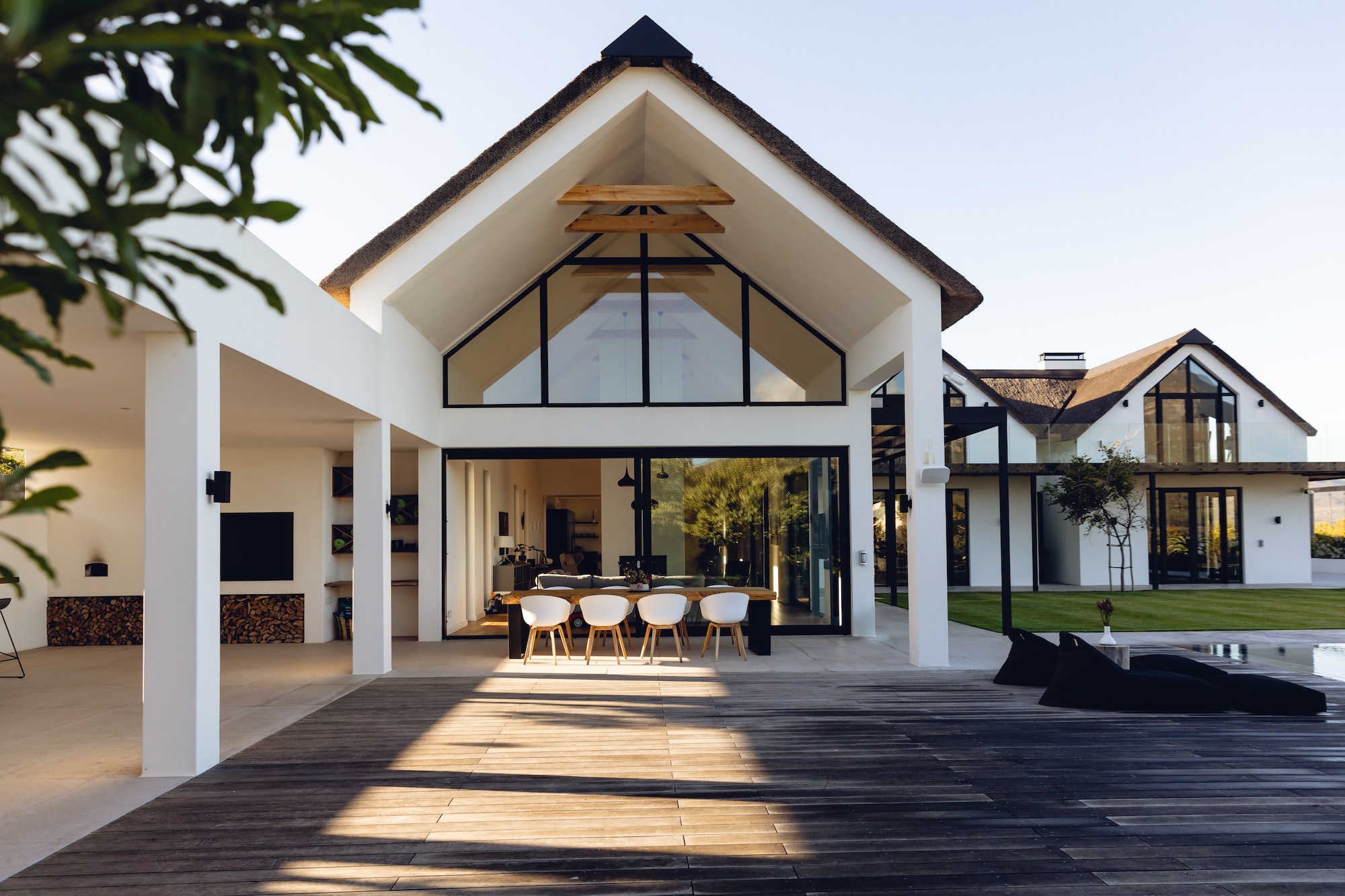Building sites are bustling hubs of activity, with a constant flow of vehicles and mobile plant moving in and out of the area. From excavators and wheel loaders to tipper trucks and mobile cranes, the diversity of vehicles on a construction site is vast, and a large one could have deliveries arriving multiple times an hour. With such a high volume of traffic, safety becomes paramount, especially when it comes to reversing vehicles. This is where the role of a spotter becomes crucial.
Even on small home renovations, deliveries of materials can be fraught for drivers who are unfamiliar with your driveway, your trees, etc.
The Busy Building Site Landscape
Space is often at a premium on-site and large vehicles and mobile plant frequently need to maneuver into tight spaces or areas with limited visibility. This challenge is compounded by the constant movement of workers on foot, creating a potentially hazardous mix of pedestrians and heavy machinery.
Drivers of these large vehicles face significant challenges when it comes to visibility. Many construction vehicles, such as excavators and bulldozers, have large blind spots during operation, while others, such as truck-and-trailer combinations, have blind spots while reversing. These blind spots can be extensive, sometimes extending several meters behind the vehicle. This limited visibility makes it difficult for drivers to detect obstacles or people in their path, increasing the risk of accidents.
The Critical Role of the Spotter
This is where the spotter plays a vital role. A spotter is a designated person responsible for guiding reversing vehicles safely. They act as the driver’s eyes on the ground, providing crucial information about the surrounding environment and potential hazards.
They can help a driver move their vehicle quickly and safely, meaning less disruption to traffic, less time and fuel wasted, and a lower risk of damage.
The spotter’s role extends beyond just watching for pedestrians or obstacles. They must also assess the ground conditions and determine whether a vehicle might get stuck or damage underground services, plus look for overhead hazards like power cables, trees, awnings and gantries. Construction sites often have varying surface conditions – from muddy patches to uneven terrain. A skilled spotter can guide a driver away from areas where the vehicle might lose traction or become bogged down, preventing costly delays and potential damage to equipment. The spotter should also understand when underground services have been marked which might be vulnerable to heavy loads being placed on them.
Diverse Vehicles, Diverse Challenges
The variety of vehicles on a building site presents unique challenges for spotters. Each type of vehicle has its own blind spots and maneuvering characteristics. For example:
1. Excavators: These have large blind spots to the rear and sides. While they can slew (spin) around to view the surroundings from different angles, larger excavators still have significant blind spots
2. Wheel loaders: Their articulated design creates changing blind spots as the vehicle turns and the bucket obstructs the view
3. Tipper trucks: High cabs can create significant blind spots directly behind and to the sides, and if it’s a truck-and-trailer combination, the trailer will create a larger blind spot behind when turning.
4. Truck loader cranes: These vehicles need consideration both when reversing and when operating the crane. The load on the truck is often obstructive of the view.
5. Mobile cranes: While not typically reversing often, they require spotters during lifting operations to ensure load safety.
Spotters must be familiar with the specific challenges posed by each type of vehicle they guide.
Standardized Hand Signals: A Universal Language
To ensure clear communication between spotters and drivers, a set of standardized hand signals is used across the construction industry. These signals allow for effective guidance even in noisy environments where verbal communication might be difficult. Some common hand signals include:
– “Stop”: One hand raised, palm facing the driver.
– “Move forward”: One arm extended forward, palm facing upward, then moved in an upward arc.
– “Move backward”: One arm extended backward, palm facing the spotter, then moved in a backward arc.
– “This far to go”: Both hands raised, palms facing each other, showing the distance.
– “Turn”: Circular motion with one hand, indicating the direction to turn.
For a full set of signals for both daytime and nighttime operations, training in guiding reversing vehicles is advised.
Safety First: Best Practices for Spotters
To maximize safety, spotters should adhere to several best practices:
1. Wear high-visibility clothing to ensure they are easily seen by drivers and other workers.
2. Maintain constant visual contact with the driver; the driver must stop if the spotter disappears from view
3. Stand in a safe position where they can see both the vehicle’s path and any potential hazards.
4. Use clear, decisive hand signals or torch signals
5. Be prepared to signal an emergency stop if needed.
6. Understand the blind spots of the vehicle they are guiding.
7. Assess ground conditions and overhead conditions continuously.
8. Be aware of other vehicle movements in the area.
The role of a spotter on a building site is critical to maintaining safety in a complex and dynamic environment. By acting as the eyes and ears for drivers of reversing vehicles, spotters help prevent accidents, protect workers, and ensure the smooth operation of the site. Their expertise in reading terrain, understanding vehicle limitations, and communicating effectively makes them an indispensable part of any construction team. As building sites continue to evolve with new technologies and larger machinery, the importance of skilled spotters will only increase, cementing their place as guardians of safety in the construction industry.
Discover more from Futurist Architecture
Subscribe to get the latest posts sent to your email.



